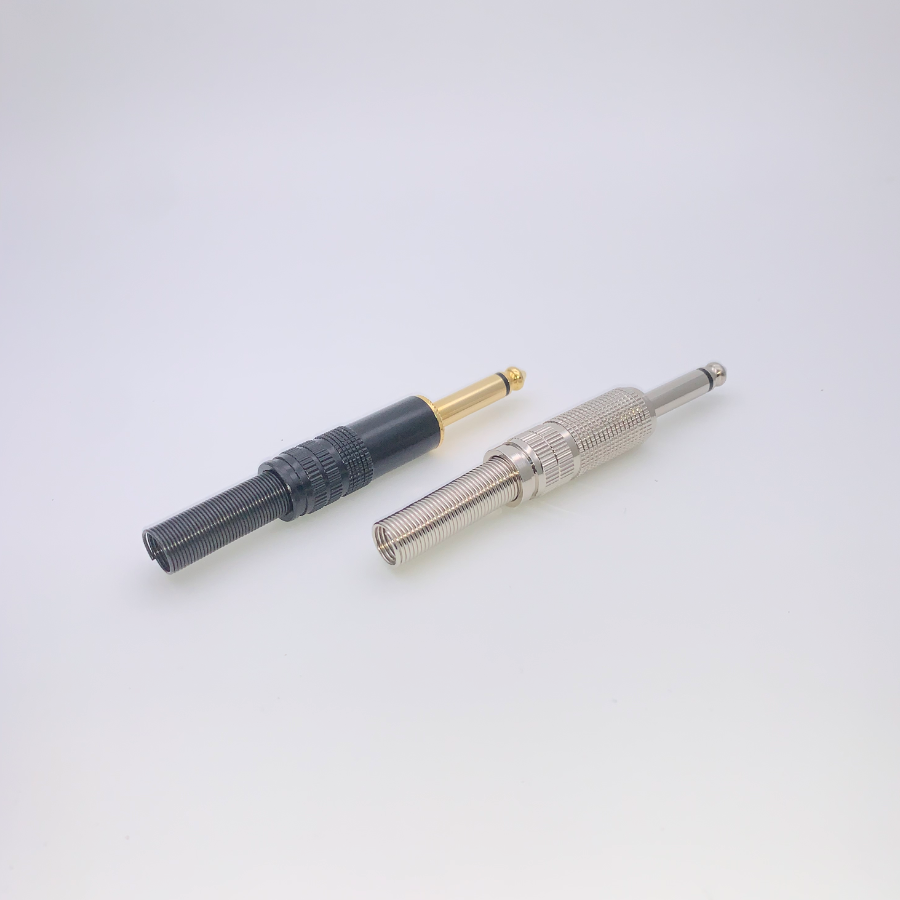Banana sockets are dedicated electrical components that are used to install on instrumentation or electrical equipment panels to input or output AC and DC voltage and current.
There are two types, voltage type and current type, which are based on electrical performance indicators. Generally, voltage type terminals do not have much requirements for overcurrent, but have higher requirements for safety (fire, arc flash) Therefore, the inner ring of the voltage type terminal is specially designed with a groove for inserting the sheath type plug to prevent ignition, arcing or artificial contact with the metal conductor during the live connection. And the current type terminal is more in the design Taking into account the overcurrent capability of the terminal itself, there are more specifications for its conductor cross-section.
When the binding posts are used in small current and low voltage occasions, there is no need to distinguish between current terminals and voltage terminals. In this case (on the instrument), the two binding posts can be used in common.
